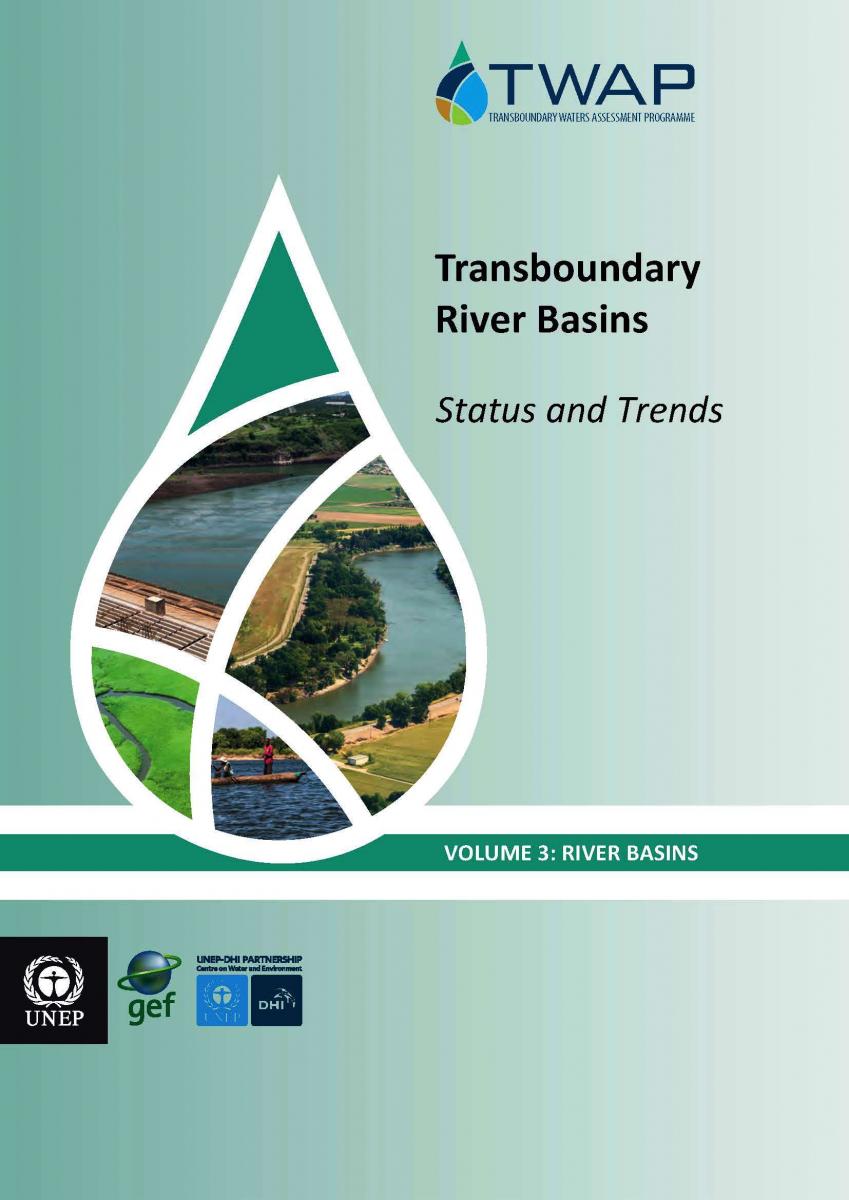Key hotspots of species loss and water risks identified in new transboundary river basins report
On 22 May the global community marks ‘International Biodiversity Day’, celebrating the variety of life on earth. Yet, extinction risks range from moderate to very high in 70% of transboundary river basins, according to a new study: Transboundary River Basins: Status and Trends. Climate change, population growth and geopolitical tensions between states sharing waterways are identified as key causes driving the increased risk of species extinction.

Photo: @GEF
The newly launched report from the Transboundary Waters Assessment Programme also identifies a series of global ‘hotspots’ where tensions over international waterways could rise over the next 15 to 30 years – which in turn will make addressing both the development and conservation issues more challenging.
The International Union for Conservation of Nature (IUCN) worked with eight partners to produce the assessment based on a series of global datasets, which is the first of its kind in scope and ambition. Along with the City University of New York, IUCN led the ecosystem indicator work based on the early investments of the IUCN Water and Nature Initiative in the African IUCN Red List Assessment for Freshwater Species. Indicators range from water quantity and quality to governance, socio-economic and ecosystem aspects.
The 2016 theme of International Biodiversity Day is ‘Mainstreaming Biodiversity: Sustaining People and their Livelihoods’. The health of transboundary rivers is vital for a sustainable future of the 2.8 billion people living in the basins.
The authors report that poor water quality caused by nutrients and wastewater pollution, fragmentation of wetlands and freshwater habitats, and physical barriers, such as dams, are key factors behind their stark warning that 218 of the 286 river basins, or 76% risk becoming highly polluted.
Over 40% of the world’s population lives in river basins that span two or more countries. Yet States sharing these waterways are often at odds over how to manage them, particularly in four hotspot regions: the Middle East, Central Asia, the Ganges-Brahmaputra-Meghna basin, and the Orange and Limpopo basins in Southern Africa.
“The assessment highlights a complex situation. What happens upstream can dramatically change rivers and the lives of people living downstream. Designed to highlight problems and successes, the assessment helps identify where further actions need to be replicated and scaled up”, says Dr James Dalton, Global Initiatives Coordinator, IUCN Water Programme.
The assessment’s open access data portal allows users to look at both the global and national state of transboundary rivers. A summary for policy makers accompanies the main technical report. Recommendations include:
- Where transboundary agreements exist, more effort is needed to update them to reflect modern principles of transboundary water management;
- Actions to mitigate water stress need to be planned in an integrated, cooperative framework and take into account the water needs of ecosystems and multiple sectors in each country sharing rivers;
- Local-level, tailored solutions are urgently needed to address the real risks of species extinction.
International endorsement of the UN’s Sustainable Development Goals (SDGs) provided a stark reminder of the global community’s concerns for energy, food, water, and ecosystem security. Water is the blue thread connecting our ability to generate electricity, grow food, develop economically, and protect our ecosystems.
“This report contributes data and knowledge needed to help achieve the SDGs. Now is the time to link the data and findings to strategic policy decisions and, most importantly, action that will have the greatest impact and results by 2030” says Dr Mark Smith, Director IUCN Global Water Programme.
***
Further information
The Global Environment Facility established the Transboundary Waters Assessment Programme to develop a baseline assessment to evaluate changes in waters systems due to human activities and natural changes. The final report, interactive results portal and other associated products were launched at the GEF International Waters Conference (IWC-8) May 9-13 in Sri Lanka, and will be showcased at the second session of the United Nations Environmental Assembly (UNEA-2), May 23-27 in Kenya, and at other events during 2016. This marks the culmination of a six-year process to produce a baseline assessment of the river basins.
More information on transboundary river basins can be found at http://twap-rivers.org/. The website also includes links to the following resources:
1. Final Technical Report
2. Summary for Policy Makers
3. Interactive Results Portal
Find out more about IUCN’s work on sustainable water management: www.iucn.org/water
To contact, please email Claire Warmenbol, Communications Coordinator, IUCN Global Water Programme: claire.warmenbol[@]iucn.org



